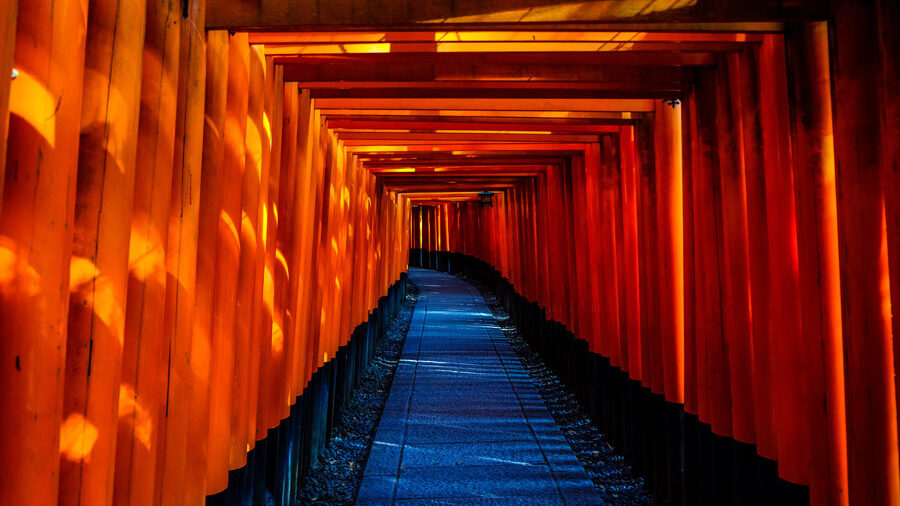Overseas Shrines as “Vanguards”: Seeking the Root of their Duality

Have you ever seen the movie “The Mosquito Coast” starring Harrison Ford? The film includes a scene in which a family rejects civilized society and moves to an uncivilized area, but Christian missionaries have already boarded there.
While it can be pointed out that Catholicism spread throughout the world as a vanguard of European colonialism (*[1]), a similar trend can be said of the “overseas shrines” that Japan built abroad.
(Figure: Hilo Daijingu, located in Hilo, Hawaii Island)

(Source: Association of Shinto Shrines)
“Overseas shrines” means shrines that were built in Japan’s overseas territories, overseas leased territories (Kwantung Leased Territory), or friendly countries (Manchukuo), where no shrines existed before the modern era. The number of overseas shrines has gradually increased since the Meiji period, and it was said that ” Wherever there are Japanese people, there is a shrine” at its peak (*[2]).
“Overseas shrines” are generally seen as symbols of Japan’s colonial policy (Japanization) (*[3]). For example, the Chōsen Shrine has a strong character as an “overseas shrine” built only in accordance with the logic of the “governing” side. The Chōsen Shrine built on “Namsan(South Mountain),” a sacred site for Korea, can be said to be the source of the anti-Japanese ideology that Korea still holds.
To be sure, the key to a truly “future-oriented” international relationship depends on the ability to grasp the true intentions of various peoples, and this will be one of the cornerstones of “Pax Japonica” (Japan’s Peace).
(Figure: Early 20th century Japanese postcard of the Chōsen Jingu)

(Source: Wikipedia)
On the other hand, this viewpoint, which considers overseas shrines only as a tool of governance, anticipates the conclusions and limits the direction and methods of research, thereby diminishing the academic significance of overseas shrine research (*[4]).
In other words, we should also look at the fact that overseas shrines have always had two aspects: one for the Japanese living in the area and the other for the local people, who are other nationalities.
In fact, overseas shrines were established either by the government or by worshippers, but the most of them were established by the voluntary will of the worshippers (*4).
Overseas shrines were established primarily in Japanese-occupied territories such as Korea, Manchukuo, and islands in the Pacific, but also in non-occupied areas such as Hawaii and North America. The purpose of the Overseas Shrines, especially in non-occupied areas, was purely religious.
For example, in overseas shrines built in non-occupied territories such as Hawaii, even though “Shinto” changed its character as a tool of governance, it remained an object of pure faith in the local community, and the immigrants missed Japan by holding festivals, sumo wrestling, fireworks, etc. around the shrines.
(Figure: The Bon Odori Festival in Malaysia)

(Source: The Star)
But it is also true that these aspects do not mean that it is permissible to use as a tool of governance in occupied territories. In particular, it should not be forgotten that as Amaterasu and Emperor Meiji became more and more enshrined as deities of shrines after World War I, overseas shrines were seen by local Japanese as the Japanese government, and their function as “spiritual centers” faded away.
When overseas shrines are reevaluated not as a tool of governance, but as their original form as “spiritual centers” for Japanese immigrants, and even as “exchange centers” with local residents, Japan will truly have entered the postwar period.
Hiroyasu HARADA
Manager (Senior Analyst), Global Intelligence Group (GIG)
*[1] https://journals.library.ualberta.ca/constellations/index.php/constellations/article/view/17204
*[2] https://www.kanagawa-u.ac.jp/pressrelease/details_18870.html
*[3] http://www.gis-reseau-asie.org/en/expansion-shinto-colonies-between-religiosity-exile-religious-convictions-and-imperial-ideology
*[4] https://www.jstage.jst.go.jp/article/soshioroji/29/2/29_105/_pdf/-char/ja



